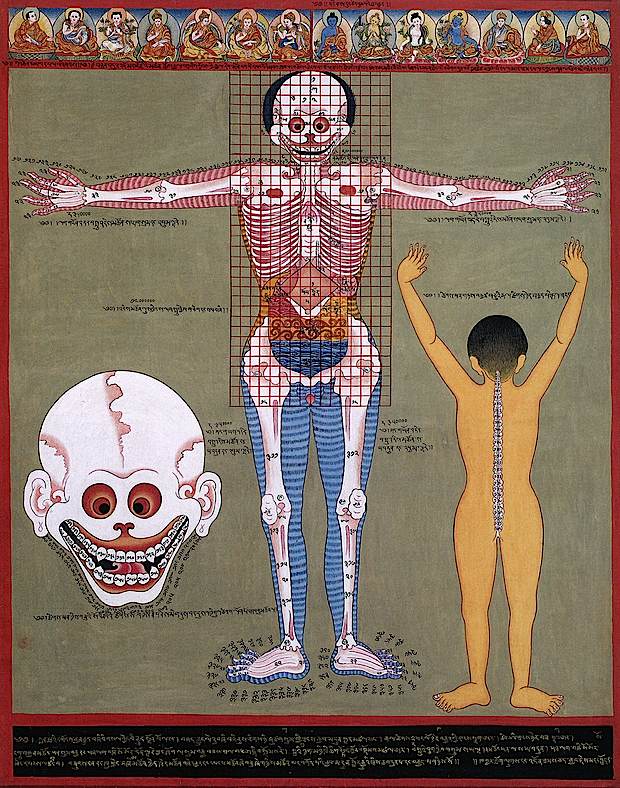
Somatic Psychotherapy, also known as “body centered” therapy, cultivates awareness of how body, mind and spirit are linked. There are many forms of psychotherapy that address only the mind, including the more mainstream Cognitive Behavioral Therapy and Psychoanalysis. If we take a more holistic view of the human being, a more integrated approach would be to also include the body and the spirit into the healing process to create an Integrative Psychotherapy. Current Trauma research indicates that a body centered approach to healing trauma is most effective. For many people a positive resource is a feeling of connection to something bigger than themselves, so the role of spirituality can be a very powerful and unexplored territory in our healing.
With the latest advances and discoveries in neuroscience, we are realizing that we can’t separate the body and mind. We know know that the body and mind are inextricably interwoven into one system. The awareness of this system can allow us great freedom or at times, overwhelm, depending on our relationship to our emotions. The more we resist our experience, the more difficult life can be. Surrender to whatever we’re experiencing with a kind, loving presence, can allow for true yoga or union.
Somatic psychotherapy can help us cultivate a healthy relationship to our emotions, seeing them as opportunities rather than something to avoid and repress.
One of the other fascinating discoveries about neuroscience, is how the brain and body store memories, especially traumatic ones, and how those memories can stay with us and affect many aspects of our lives, especially relationships. They can produce intrusive memories, anxiety over small things, nightmares, inability to concentrate, seemingly unfounded fears, hyper vigilance, and psychosomatic complaints.
Somatic psychotherapy is an extremely effective way of dealing with old traumas that we store. Traumas get lodged in a portion of the brain that has very little neural connectivity from the “thinking brain” to the traumatized area of the brain, and therefore, getting access to them through thinking is difficult; although there are many neural nets between the traumatized brain to the thinking brain, which is why old, disturbing memories can intrude on us and are resistant to cognitive efforts to stop them. However, there is a close relationship between the area of the brain that holds trauma, and the body. By accessing the body, we have a far greater ability to access the area where trauma is stored, and hence, a greater chance of unraveling the neurology of the trauma.
Somatic therapy will include body awareness, so paying attention to those little (or big) sensations and impulses are useful. For example, if we listen closely to our bodies, we may notice that our jaws get tight if we are angry, or our stomach will turn into knots when we recall painful memories. We can track these sensations and begin to work with breath and relaxation techniques to calm the entire nervous system, giving space to choose how we respond to our emotions. Working with the body is a very quick and effective method to overcome trauma and create empowered choice.